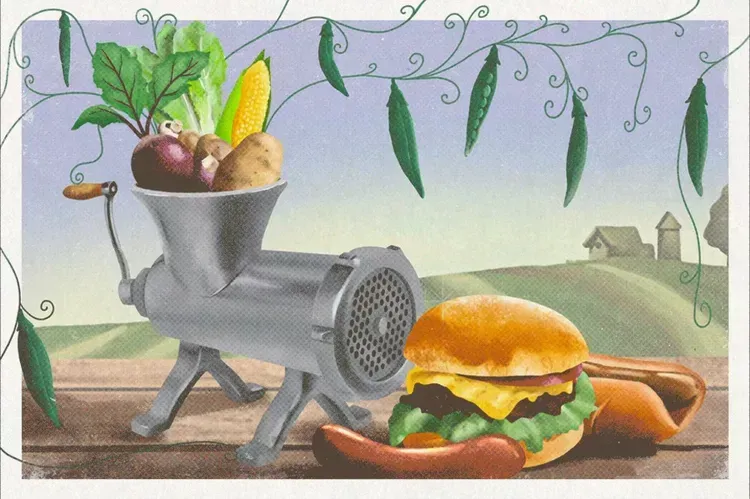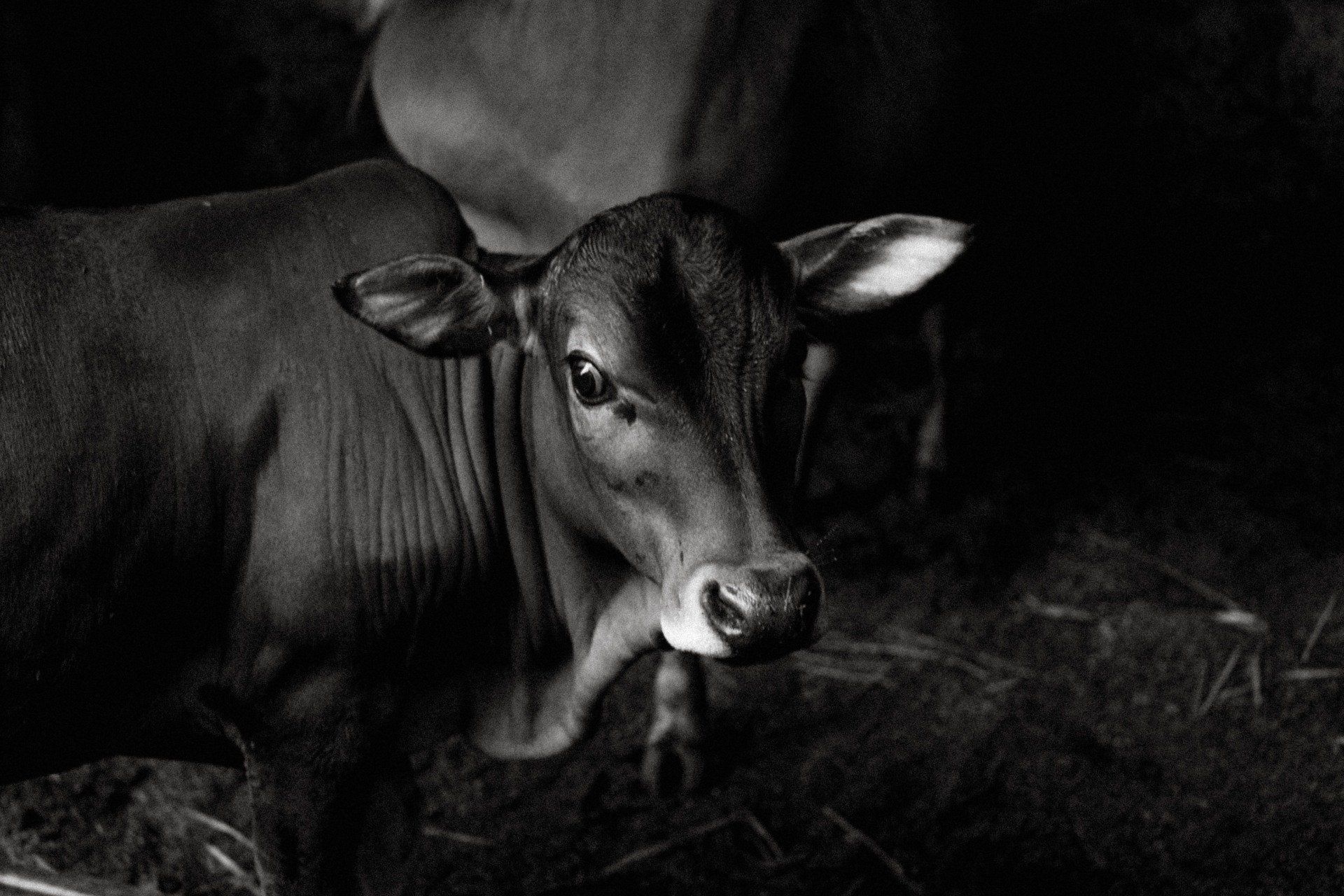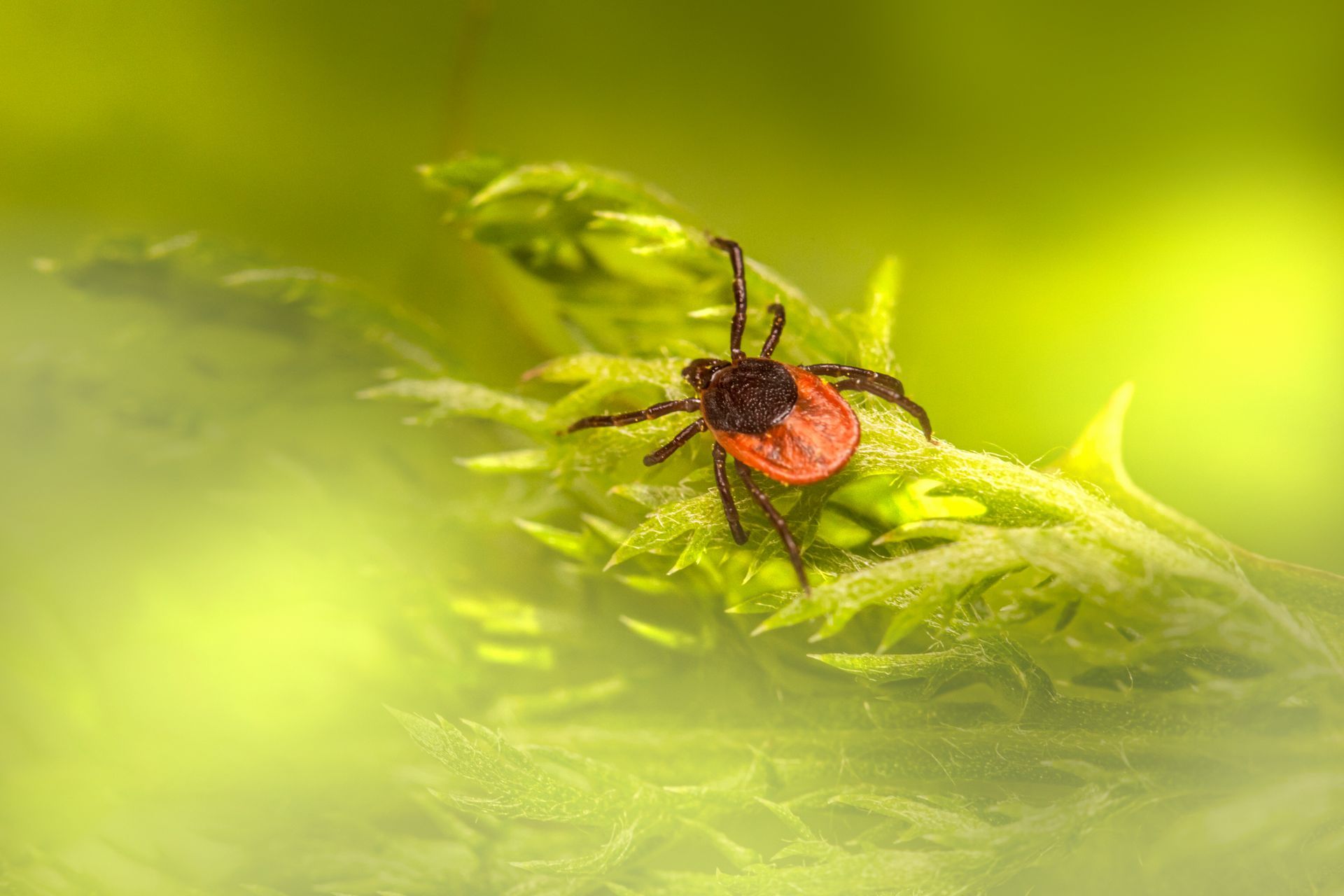FARMING 101: HOW TO PLANT SOYBEANS
A versatile legume, soybeans are a common cash crop that produce at least twice as much protein per acre as most other vegetables or grains. As processed meal or oil, soybeans make their way into human and animal foods, as well as an array of nonfood industrial products and fuel.
The soybean is native to East Asia, but today most soybean production takes place in the U.S. and South America. They are generally grown in a crop rotation with corn, creating good risk management for both crops by breaking disease, insect, and weed cycles, as well as managing farm workflow.
CHOOSING SEED
The first step to successful soybean planting and subsequent harvest is seed selection. Beans can be treated with any number of fungicide and pesticide products. Planting date and field history are primary considerations when making your selection.
If the field has a history of disease during seedling emergence, a fungicide treatment may be desirable. The same applies for any known history of Phytophthora, Sudden Death Syndrome, or any other soybean pathogens.
Likewise, insecticide seed treatment may be desirable if the field is known for insect pests. Like any input, the cost must be weighed against yield gains.
Fungicide treatments are especially helpful if planting early in the spring, as wet, cool soil conditions can add to the risk of seedling disease. No-till fields will have cool soils longer into the season than tilled fields and commonly will have more seedling disease problems.
Farmers who have never used a soybean fungicide seed treatment may want to reconsider this spring, says Dean Grossnickle, a Syngenta agronomic service representative based in central Iowa. Phomopsis infested a share of soybeans last year, and the inoculum may carry into this year’s seed lots.
Planting fungicide-treated soybean seed – particularly on seed with lower-than-normal germination – is a way to ensure adequate stand potential, he says.
Soybeans can be, and often are, no-till drilled into previous crop residue, a move that saves on cost without affecting yield. Mark Licht, Iowa State University Extension and outreach cropping systems specialist, says it helps to pay attention to residue distribution at harvest, making it as uniform as possible so there is more residue close to the surface to make planting easier.
WHEN TO PLANT
In determining when to put seeds in the ground, soil condition and weather trump date. The experts will say the earlier you plant, the better the yield, but there must be adequate ground moisture and the weather should be in a warming trend. At least 50˚F. and warming to ensure adequate soil temps is ideal. Be sure there is no longer a risk of late freeze or frost by the time of the crop’s emergence seven to 10 days after planting.
For the upper Midwest, optimal planting time is generally April 25 to mid-May. By late May, producers will see a yield reduction. Planting in early April carries significant risk, but when successful can produce impressive yields.
“With today’s seed treatments we are seeing planting earlier that ever before,” says Licht. “You need to look at your planting window and your harvest window and determine what works best for you. There are weather risks on both ends.”
According to Purdue Extension, 67% of Indiana growers plant soybeans one to three weeks earlier than they did 10 years ago.
Farmers growing both corn and beans often find themselves fighting spring rains to get both crops in the ground on time. Licht says corn timing is more important than beans, as beans are more resilient. “Some are planting beans before corn,” says Licht. “While for others, it’s hard for them to wrap their heads around that change.” For larger farms he suggests running two planters simultaneously.
EQUIPMENT NEEDS
Luckily for multicrop producers, corn-planting equipment also works for soybeans with very few adjustments.
It is important to place the seed into the ground at a precise depth and in firm contact with the soil. A corn planter usually does a better job than a grain drill, though modern drills have much better depth control than older drills.
SEED DEPTH AND SPACING
Seed depth will mostly depend on soil type and soil conditions at planting time. The best soybean yields occur on well-drained, but not sandy soils having a pH of 6.5 or above.
Ideal seed depth for most conditions is 1¼ to 1½ inches, but beans can be planted up to 2 inches deep in sandy soils, or in dry conditions. If planting 2 inches deep to access uniform moisture, make sure the variety has an excellent emergence score.
Recommend seeding rates for seed not treated with insecticide or fungicide is around 170,000 seeds per acre for 7½-inch row spacing, 160,000 seeds per acre for 15-inch rows, and 150,000 plants per acre for 30-inch rows. If an insecticide/fungicide seed treatment is used, seeding rates can be reduced by 10,000 to 20,000 seeds per acre.
“The goal is to get the best results from the potential of the genetics,” says Licht.
Licht says seed placement and spacing are not as crucial with soybeans as with corn. Beans will compensate for plant spacing and other ills. The plants spread and fill in gaps and perfect stands are not required for maximum yields. But gaps of a foot or more between plants mean you need to adjust your planter settings.
The 15-inch row seems to be the soybean sweet spot, especially for the Grain Belt. The yield difference between 30-inch rows and rows 20 inches or less can be as much as 2.9 bushels per acre, but there are other considerations. Soybeans can be susceptible to disease, with their closed canopy creating a humid microclimate. In areas prone to pathogens like white mold, plant spacing of up to 30 inches may be preferable.
Be sure your conditions are such that reduced row width and greater seeding rates justify the increased cost of seed.
WEED CONTROL
Weed control is the primary concern through the early stages of plant growth until the canopy closes around late June.
You may want to apply a residual herbicide that will remain active in the soil for an extended period of time and act on successive weed germinations. Residual herbicides are often weed species specific and can help control weeds that have become glyphosate resistant. Residual herbicides require moisture to activate, but not too much, or the chemicals can break down too quickly, so watch the weather report when planning application.
When planting no-tillage glyphosate-resistant soybeans, such as Roundup Ready, a burn-down herbicide should be used before or at the time of planting if significant weed cover is present. With conventional tillage glyphosate-resistant soybeans, it is recommended glyphosate be applied 24 to 30 days after planting.
FALL PREP
Fall is the time to check soil nutrient levels in preparation for next year’s soybean crop. If the field was previously planted to corn, check phosphorous and potassium levels. If the pH level is less than 6, treat with lime. Licht says beware of two-year applications. The corn can remove more nutrients than anticipated, leaving levels short for beans.
Soybeans are also sensitive to certain herbicide residues, so care should be taken to ensure carryover will not affect next year’s crop.
PLANTING SAFETY
Once planting season begins, it is of utmost importance to follow best practices for safety and environmental stewardship. Time is short. The planting season is hectic. But take time to take extra care.
You might also like
Jaynie Norman


